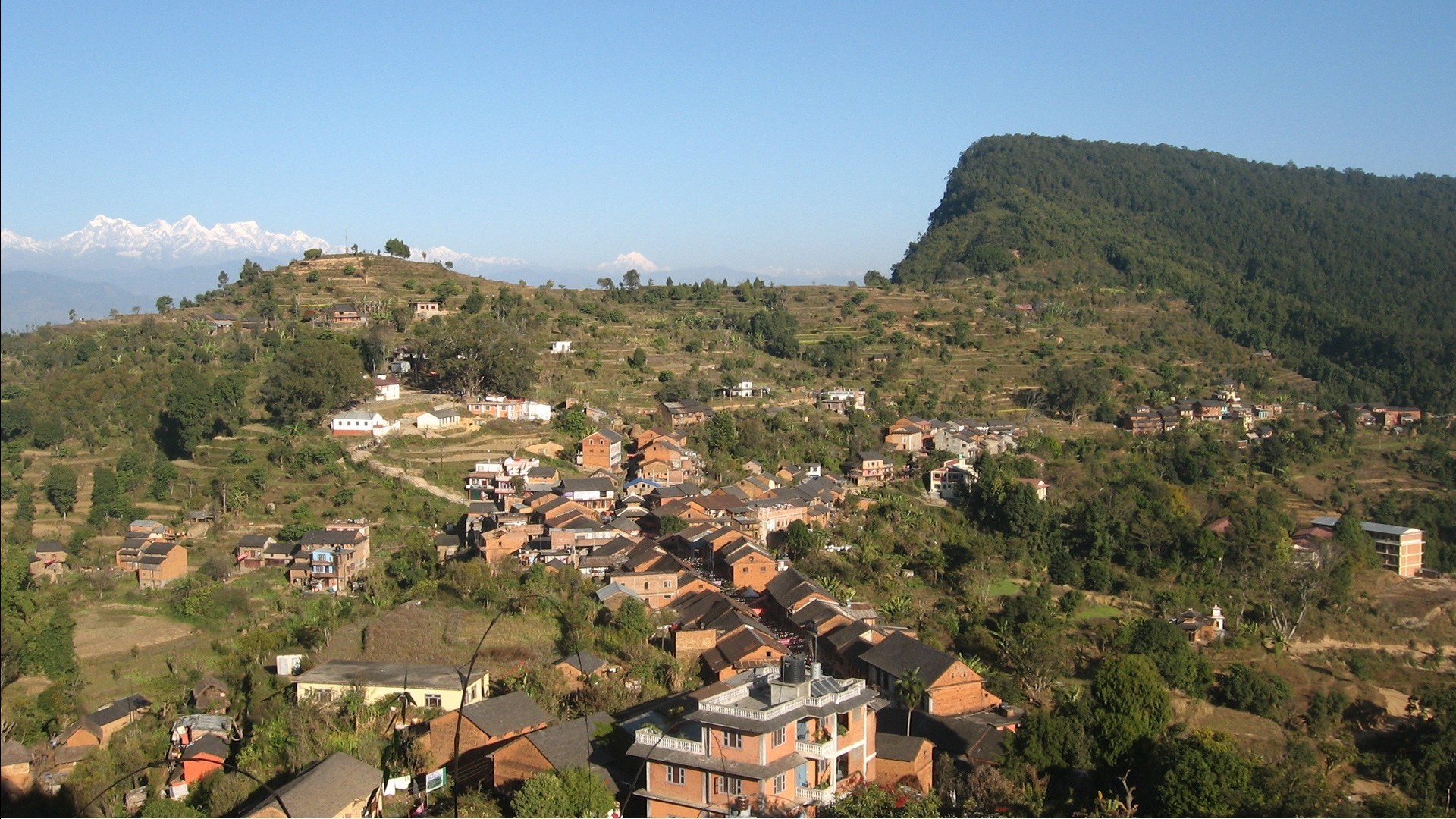Langtang National Park
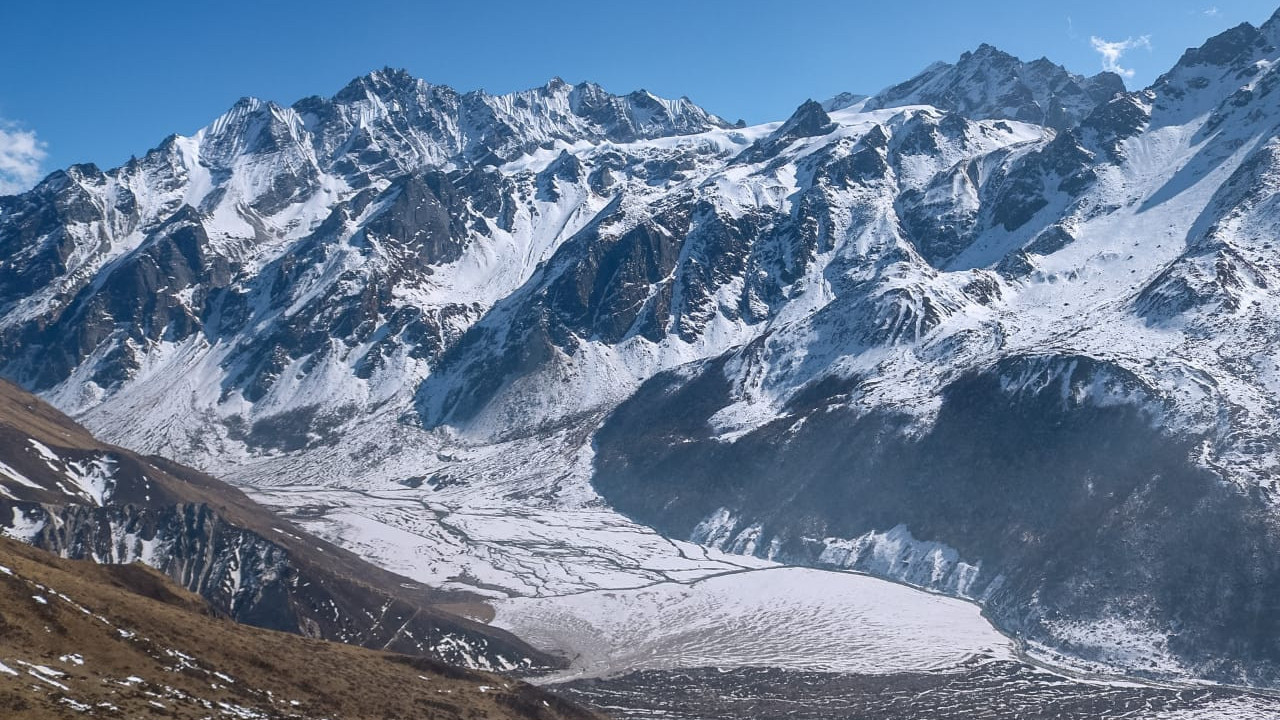
The Langtang National Park in the Langtang region is one of the popular trekking zones, situated in the north-central part of Nepal. The Langtang region is renowned for its floral and faunal diversity. The Langtang National Park covers 1710 KM2, extending the parts of Rasuwa, Nuwakot and Sindhupalchowk districts. The National park encompasses Gosainkunda and corresponding lakes, which are famous for their religious, cultural importance and natural beauty. The Gosainkunda area is also declared as the wetland of international importance in 2007 under the Ramsar conservation program.
The Langtang valley trek is also known as the valley of glaciers trek. From Langtang region, the breathtaking closet views of Himalayas and beautiful Glaciers can be observed. In this region, the highest of Langtang Himalayan Range, Mount Langtang Lirung, is predominant and offers beautiful meadows, snow-capped Himalayan peaks, spectacular mountain streams and pine forest.
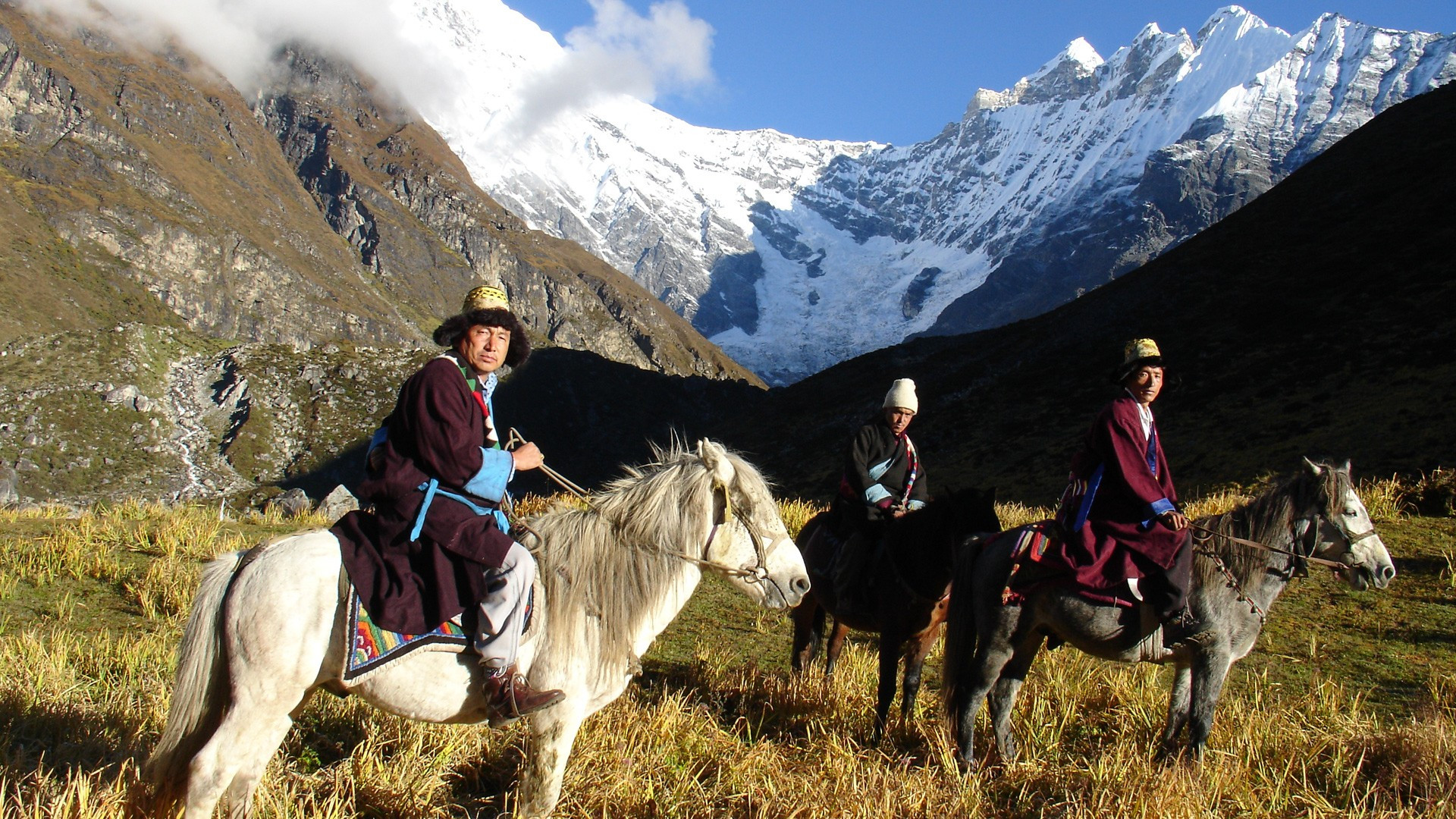
Langtang national park offers one of the best trekking experiences in Nepal. Snow Capped Himalayas, Cultural spectrums and Natural beauty? Yes, it’s wonderful! The main ethnic groups in Langtang Region are Tamang, Yolmo and Bhotia, considered to be originated from Tibet and reside in the Langtang region and its buffer zone. The unique cultural values, dresses, home-style, ornaments and customs accompanied by the beauty of the Langtang valley make it a great fusion for wanderers. The ethnic groups here follow the Bon religion, a pre- Buddhist doctrine widespread in Tibet. The Gosaikunda was believed to be created by Lord Shiva when he tried to draw water from the Himalayas to cool his throat after swallowing poison. Though the Hindu spectrums and religious myths are prevalent in this region, the majority of people follow Buddhism.
How to Reach Langtang?
Langtang valley trek is the most popular trekking route in this region. To reach the trekking starting point Syabrubesi, from Kathmandu, it takes around 8 hours of drive. From Syabrubesi, by following Langtang River to the east, Kyanjing Gompa can be reached. From Nanjing Gompa, the trail leads to the Langtang valley. The culture, tradition and natural settlement is the best part of Langtang valley. Again from Kyanjing Gompa, you may return to Syabrubesi and take a drive back to Kathmandu.
Best time to Visit Langtang
Autumn is the best time to visit Langtang national park. Travellers can experience spectacular views and crystal blue sky from several well-known viewpoints in the region. Similarly, the months of March to May are favourable to view the floral beauty of this region. And the month of August is popular to visit because of the religious values. The festival celebrated in the month of August in Gosainkunda Lake attracts the thousands of pilgrims every year.
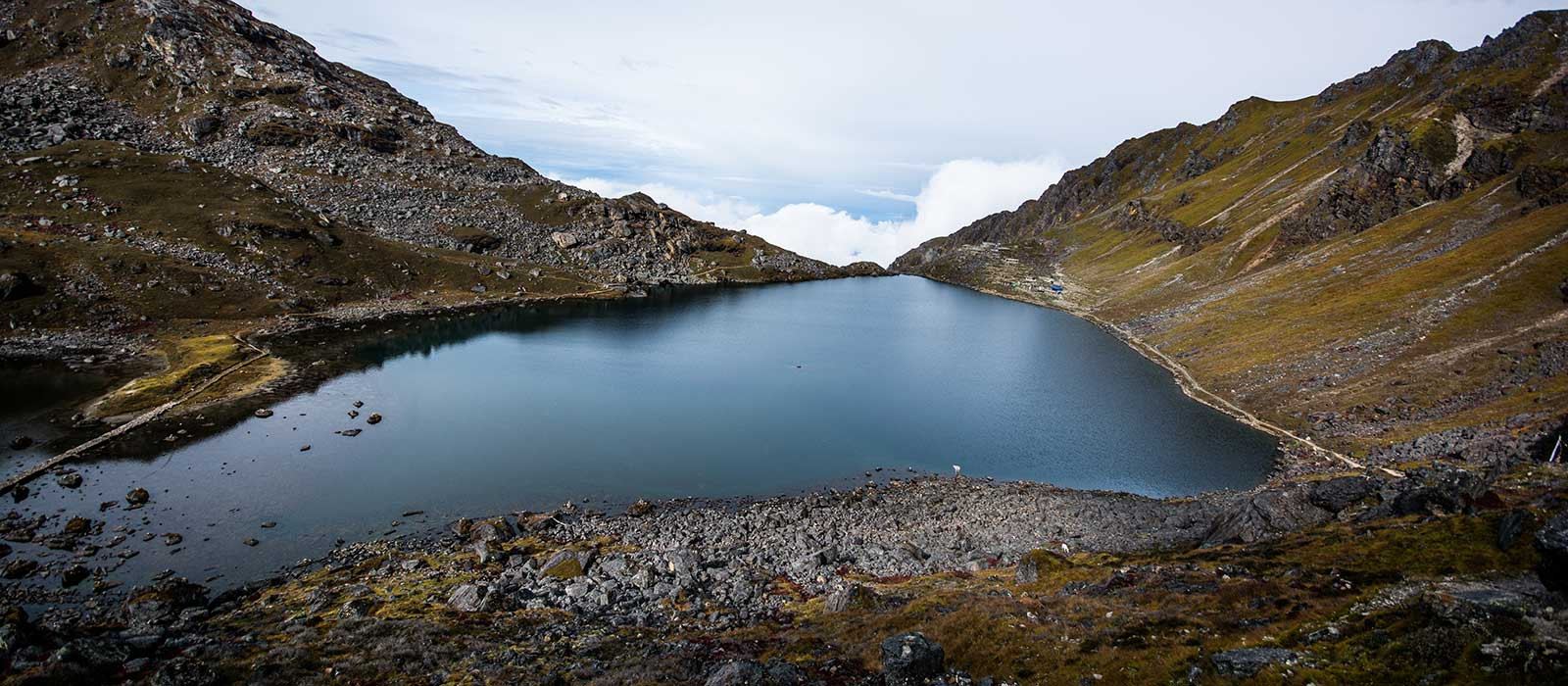
The months of October and November are considerably favourable for trekking in the Langtang region of Nepal. These months are also the best month to explore the beauty of National Park and the floral and faunal spectrums it has.
Major Flora and Fauna of Langtang National Park
Langtang National Park and the buffer zone in this region comprises alpine and subtropical climate. The park itself is rich in floral and faunal diversity and exhibits mindblowing vegetation and wildlife. The sal (Shorea Rubusta), Chilaune (Schima wallichii), Chirpine and Nepalese alder are prevalent in Langtang National Park of Nepal. The subtropical areas of Langtang National Park boast wonderful Rhododendron Species, Oak, Silverfir, Larch Forest and Hemlock.

The alpine grasslands and meadows are excellent and boast varieties of Rhododendrons in this area. The high altitude meadows in this region are the excellent summer habitat of Himalayan Tahr and Musk deers. The park is also home to Red Panda, Himalayan Black Bear, Snow Leopard, Clouded Leopard, Wild dog, Goral, Serow, and more than 250 aves species.
Major Attractions of Langtang National Park.
Langtang National Park itself is an excellent habitat of the flora and fauna in this region. Trekking to the Langtang of Nepal provides a wonderful opportunity to explore the amazing vistas, meadows, glacial lakes and the mindblowing Himalayas in this region. The culture and lifestyle influenced by the Tibetan settlement is also the major thing to explore in Langtang. Tamangs, Bhotia, Yolmo, Brahmin, Chhetri and Gurung communities reside in the Langtang region of Nepal. While the excellent diversity of Nepal is exhibited by the Langtang, it also has an amazing natural settlement with diverse geographical variations.
Langtang is an excellent area to understand the variations in geography. It comprises several land cover classes and amazing topographic zones. The bush/shrubland, cultivated land, forests, grassland, orchard, ponds and lakes, river cuttings and cliffs, sandy areas, glacial lands, water bodies and barren land everything you want to explore is in the Langtang region of Nepal. The major geographical characteristics of Langtang is it accumulates the Himalayas, glaciers and valleys.
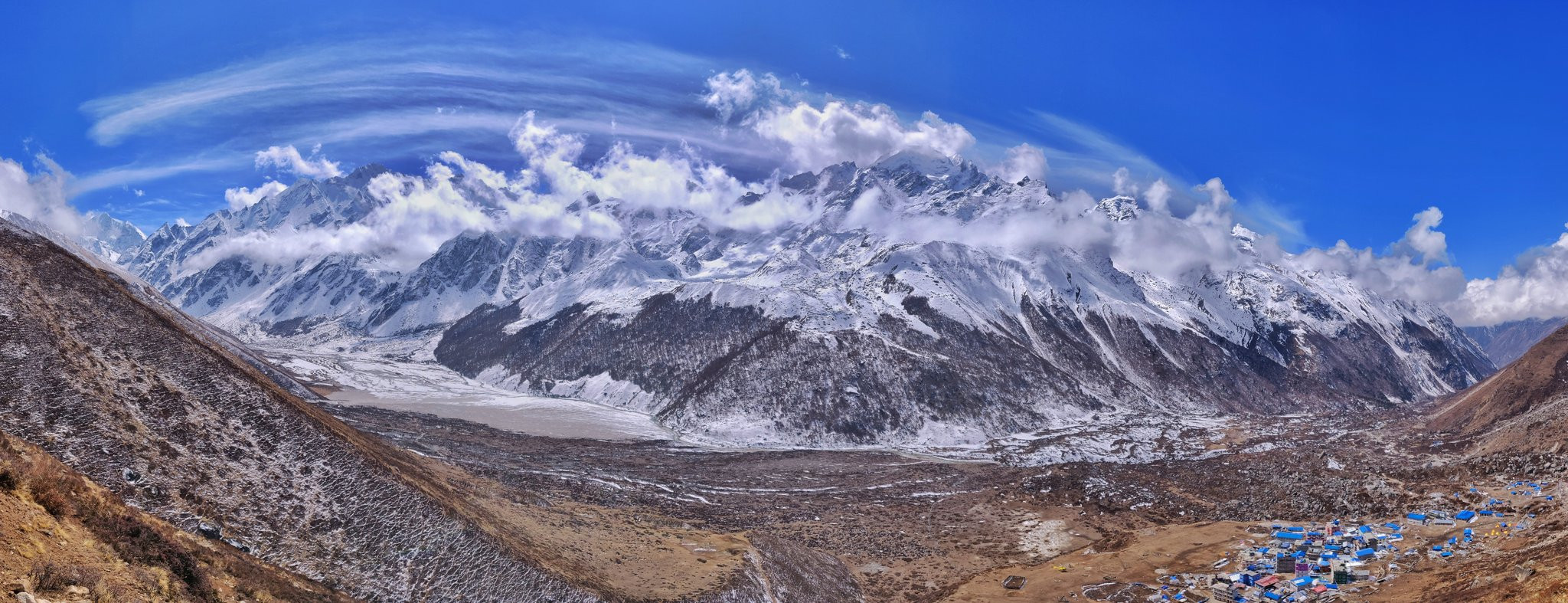
The major peaks of the Langtang are Langtang Lirung (7245 m) and Jugal Himal (6989 m). There are a lot of places to visit in Langtang, however, the major trekking defined destinations and accessible places in Langtang are Langtang valley, Gosainkunda and Helambu. The trekking trails are diversified in these places and the diverse trekking route offers diverse experiences.
Buddhist culture is followed by the majority of people in Langtang. The major occupation of the people of Langtang is Agriculture, Animal Husbandry, Business and tourism in this region. People here are highly dependent on tourism and settled with some businesses here.
Popular Trekking Routes in Langtang
Langtang is mainly popular for its extinguished wildlife, flora and fauna and wonderful natural beauty. It is popular for trekking activities and pristine settlement offers wonderful experiences. There are three main trekking routes in the Langtang region. The Langtang Valley Trekking, Helambu Trek and Gosainkunda lake trek are major trekking routes in Langtang, however, other trekkings such as Panchpokhari trek are equally popular. The southern Helambu region and the various parts of the National Parks lie in Gosaikunda Lake area. One of the major passes in this region, Laurebina La Pass (4600 m), connects the Langtang and Helambu region.
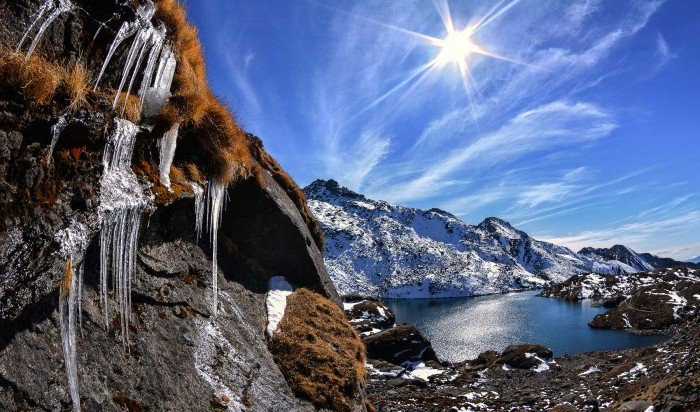
The various trekking trails in this region offers the treks of moderate and strenuous difficulty ranging from three days to three weeks. In the areas of human settlement, the accommodation services are easily available as the people here also offers homestays, local lodges and small hotels. However, in some parts of Langtang, Camping is also an option but in the national park area, local authorities might not allow camping.
In the eastern parts of Helambu, Langtang glacier, and upper Langtang valley from Kyanjin, and Ganja La pass (5,120 m) in Upper Langtang valley, trekkers need to self sustain as there is least human settlement and the lodging and food options might not be available.
Highlights of Langtang National Park
- Langtang National Park.
- Floral and Faunal diversity.
- Natural Beauty.
- Tibetan Buddhist Culture and Traditions.
- Religious sites.
- Panoramic view of Mt. Langtang-Ri, Langsisa, Langtang Himal, Ganjala peak.
- Tamang Culture and Heritage.
Things to Understand
- The acclimatization is necessary to reach there. There is a maximum elevation of 5,120 m above sea level in the Ganja La trek. So, if you are planning for higher altitude, you should always be careful about high altitude sickness.
- Always be aware of wildlife there, don’t harm them and be precautious. `
- One can’t make a fire in an open area inside the National Park area.
- In a world full of pollution, let’s take a step towards sustainability. Discourage plastic use and carry out what you carry in.
- The water on taps and glacier water might be impure of minerals. Always use ozonated water or purify the water yourself.
- Always get a permit before entering park area.
- Don’t walk in the National Park area during dawn and dusk time.
- Finally, do respect the cultural values and religious sites of the local area.
- Trekking alone in this region can be life-threatening, so always trek in group or hire a guide to trek.
- Documentary and filming fee of USD 1500 (Foreigners), Rs. 15000 (SAARC Nationals) and Rs. 10000 (Nepali) should be paid at DNPWC. Additional 25% should be paid while using a drone for documentary and filming.
Panch Pokhari, five lakes in literal, also belongs to the Langtang region. It is also famous for its scenic beauty. It is situated in Northwest of Kathmandu valley. This lake also carries huge religious importance. Many pilgrims visit this place at the time of Janai Purnima. The Jugal Himal Range, Rolwaling Range, Gosainkunda, Kanchanjunga and Makalu Mountain can be seen from Paachpokhari.
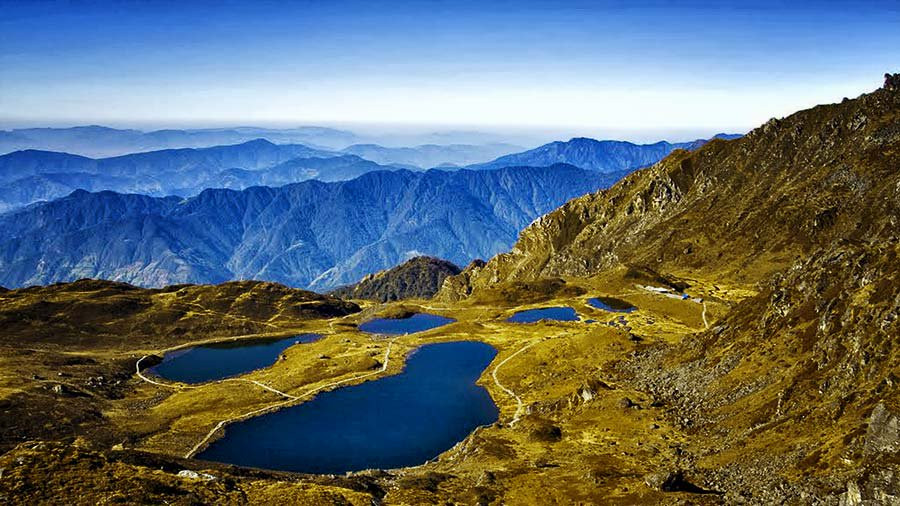
Langtang National Park is an amazing National Park where you can explore the diverse geographical variations and flora and fauna in the mountains of Nepal. This area is popular for trekking activities and pilgrimage purposes. However, this area is also an educational hub to understand the flora and fauna of Nepal.

